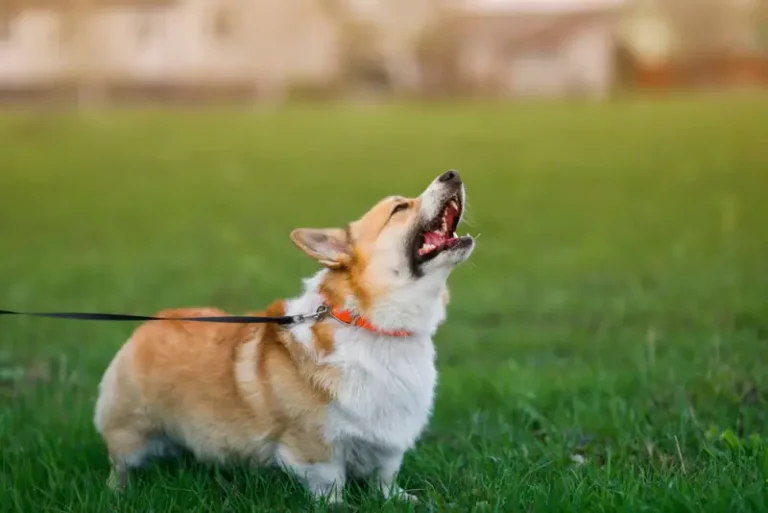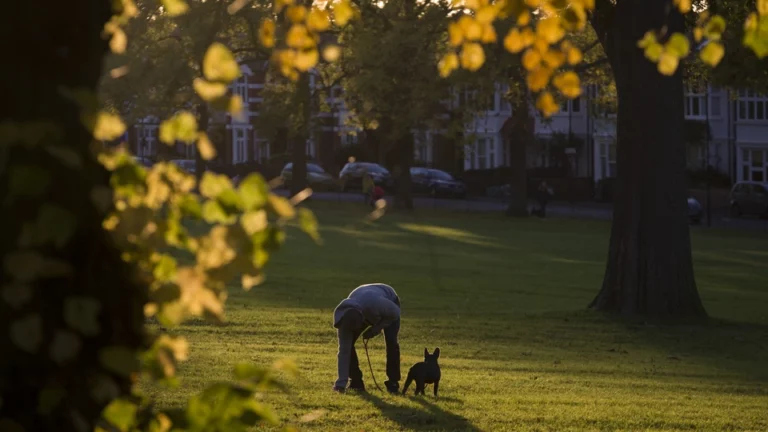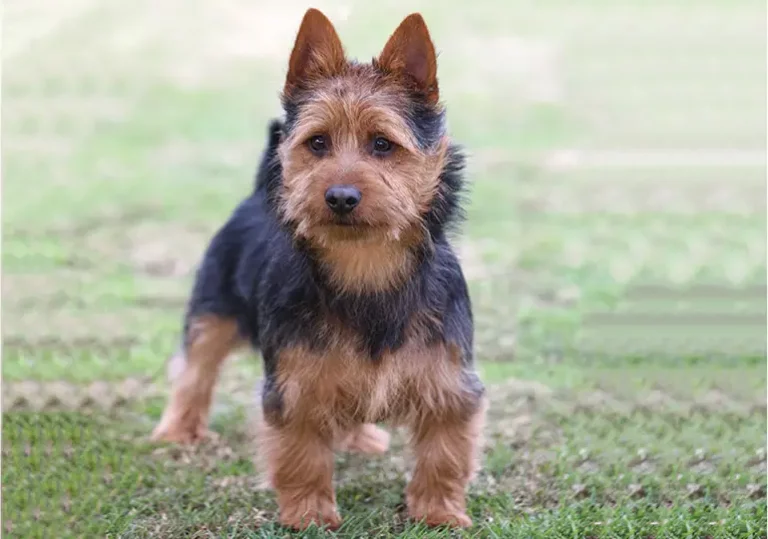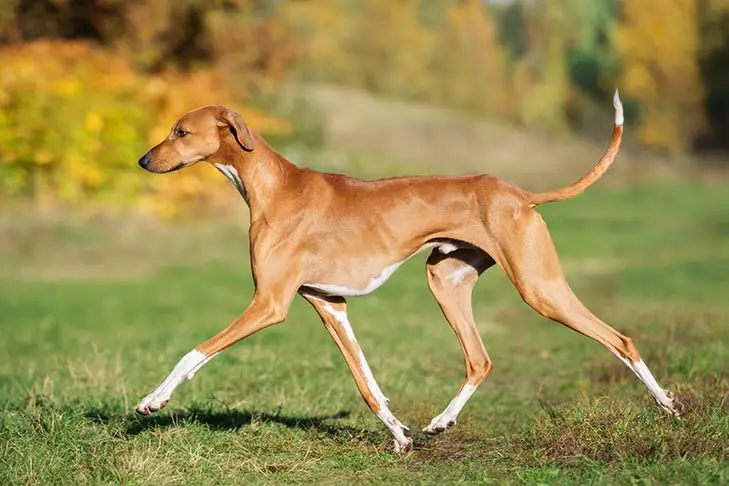Why Does My Dog Stand Over My Other Dog?
Dogs have a multitude of ways to communicate, often using body language as a primary tool. A common behavior that has intrigued many dog owners is when one dog stands over another. So, why does my dog stand over my other dog?
Simply put, this act is a form of non-verbal communication that can signify dominance, protection, or a playful gesture, depending on the context.
In this comprehensive guide, we will delve deeper into understanding this behavior and its various interpretations, along with addressing other related behaviors that might puzzle dog owners.
Key Takeaways:
- Dogs use body language to communicate various emotions and intentions.
- Standing over another dog can have diverse meanings depending on the context.
- Understanding this behavior can enhance the bond between dogs and owners.
Short Answer: Dogs stand over other dogs primarily as a form of communication, which could be rooted in dominance, protection, playfulness, or mere curiosity. Context and holistic observation are crucial to accurately interpret this behavior.
6 Reasons Why Dogs Stand Over Other Dogs
Dogs, much like humans, communicate in multifaceted ways. One of the intriguing behaviors observed among canines is when one dog stands over another. This act can be perplexing for many dog owners, leading to questions about its root causes and implications.
1. Dominance Display
The origins of many canine behaviors trace back to their wild ancestors and their pack mentality. Within these packs, hierarchy played a vital role in maintaining order. When a dog stands over its counterpart, it might be harkening back to these instinctual drives, using the posture as an assertion of hierarchy or control.
However, it’s crucial to remember that not every display of such nature is a power play; the dynamics can be multifaceted.
2. Protective Instinct
The bond between dogs can be profound, especially if they’ve spent significant time together or share a close connection. In some scenarios, a dog standing over another can be a manifestation of this bond, where one dog is shielding or guarding a companion.
This is especially evident in cases where one dog perceives potential threats around a more vulnerable or bonded friend.
3. Playfulness and Bonding
Canines have a vibrant playful side, and at times, standing over another dog can be a playful gesture, signaling trust, comfort, or an initiation of play. Observing accompanying behaviors such as wagging tails or playful barks can provide context in such instances.
4. Curiosity and Exploration
Dogs are naturally inquisitive beings. At times, they might stand over another dog out of sheer curiosity, trying to understand or mimic their actions. This is more common in puppies or younger dogs who are still learning about their environment and the dogs around them.
5. Comfort Seeking
Physical closeness can be a source of warmth or connection. In colder climates or during chilly nights, one dog might stand over another to share warmth. Similarly, a dog might seek the comfort of another’s presence, resulting in this overlapping posture.
6. Health Concerns
While behavioral reasons often explain why a dog might stand over another, it’s important not to overlook potential medical issues. If a dog is experiencing discomfort or pain, they might lean or stand over another dog as an instinctive way to seek some form of relief or comfort.
It’s always wise to consult a veterinarian if the behavior appears suddenly and is accompanied by other signs of distress.
In summary, the act of a dog standing over another is a blend of instinct, emotion, health, and learned behavior. To truly understand what a dog might be communicating, one needs to consider the broader context, including their environment, their relationship dynamics, and other accompanying cues.
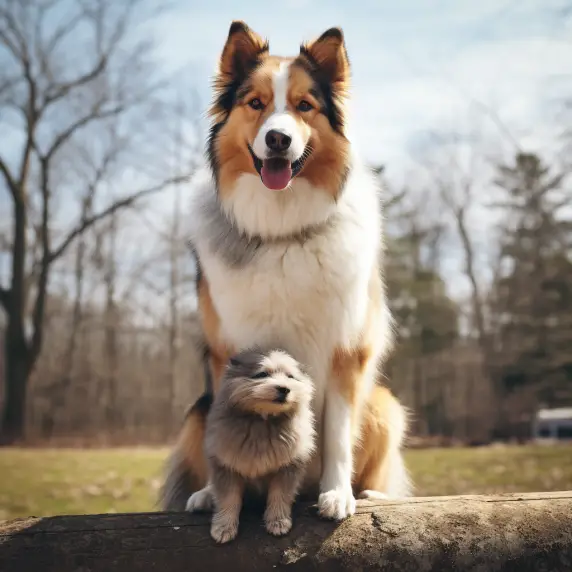
Related Behaviors and Their Interpretations
Dog behaviors, as diverse as they are, often interconnect and overlap. While standing over another dog is a commonly noticed behavior, there are other related actions that many dog owners observe. Unpacking the meaning behind these can offer valuable insights into the canine world.
Why Does My Dog Put His Bum on My Other Dog?
This rather amusing behavior can be attributed to a couple of reasons. In the wild, the act of putting one’s scent on a particular area or thing is a way of marking territory.
While domestic dogs aren’t marking territory in the same sense, by putting their bum on another dog, they might be trying to leave their scent, asserting their presence.
On the other hand, it can also be a quirky behavior to seek attention, especially if they’ve learned that it gets a reaction from their owners or fellow dogs.
Why Does My Dog Stand Over Me When I Lay Down?
Dogs have coexisted with humans for thousands of years, forging deep bonds of trust and affection. If your dog stands over you when you lay down, it might be displaying a protective gesture, ensuring you are safe.
Alternatively, this behavior can also indicate your dog seeking affection and comfort. They might view you as their “safe space,” and standing over you is their way of being close.
Why Does My Puppy Stand Over My Older Dog?
Puppies are bundles of energy, overflowing with curiosity and a zest for exploration. When a puppy stands over an older dog, it might be trying to understand the world around it, exploring relationships and boundaries.
Sometimes, it’s also their way of testing their limits, trying to figure out what they can or can’t do in the doggy hierarchy.
Puppy Stands Over Dog’s Head
If a puppy specifically chooses to stand over another dog’s head, it can be seen as a playful gesture. Young dogs often engage in such behaviors as a form of play. However, it can also hint at the puppy trying to establish early dominance, even if it’s in a light-hearted, non-aggressive manner.
Why Does My Dog Sit on My Other Dog?
At first glance, this behavior can appear comedic. But, the reasons behind it can vary. A dog might sit on another dog as a way of seeking warmth or comfort. If it’s during playtime, this action can also be a playful gesture. Sometimes, it’s just their way of being close and sharing a bond.
Older Dog Hovering Over Puppy
The dynamic between an older dog and a puppy is fascinating. If an older dog hovers over a puppy, it’s often a protective stance, ensuring the young one stays out of trouble. But, like many other dog behaviors, it can also be a way for the older dog to establish dominance, teaching the puppy about the house rules and boundaries.
In understanding these behaviors, context is crucial. The environment, the relationship between the dogs, and any accompanying cues can significantly influence the interpretation of these actions.
How to React: An Owner’s Guide
Understanding the intricate world of canine behavior can sometimes feel overwhelming, especially when your dogs exhibit behaviors you’re unsure about. Deciphering the ‘why’ behind their actions is one step; determining how to react is another crucial aspect of responsible pet ownership.
Observation is Key
Before jumping to conclusions or reacting to a particular behavior, take a step back and observe. Dogs often communicate with a mix of verbal cues and body language. Look for patterns in their behavior and consider the environment in which it’s happening.
Is there a specific trigger, like a new pet or guest in the house? Or is it a routine action that happens at a particular time each day? By understanding the context, you can respond more appropriately and avoid potentially exacerbating the situation.
Positive Reinforcement
Just like humans, dogs react positively to encouragement and appreciation. Whenever your dog showcases a desired behavior, be quick to reward them. This can be through verbal praise, petting, or their favorite treat.
If they display behavior you’d rather not encourage, such as standing aggressively over another dog, redirect their attention rather than punishing them. The idea is to associate positive behaviors with rewards, making them more likely to repeat those actions.
Professional Guidance
No matter how many articles you read or advice you get, sometimes the best approach is to seek professional guidance. If you’re unsure about why your dog is behaving in a certain way or are struggling to address it, consider consulting with a veterinarian or a professional dog behaviorist.
They can provide valuable insights tailored to your dog’s specific needs and temperament. Remember, each dog is unique, and a one-size-fits-all approach rarely works.
Reacting appropriately to your dog’s behavior is vital for fostering a trusting and loving bond. Being patient, observant, and open to guidance ensures you’re giving your furry friend the best environment to thrive in.
Proactive Measures to Foster Harmony
Harmonious living with pets, particularly when there’s more than one, stems from understanding and proactive management. Fostering a peaceful environment isn’t about curbing a dog’s natural instincts, but rather channeling those instincts in productive and non-disruptive ways.
Here’s how you can pave the way for a more harmonious household with your canine companions:
Regular Socialization
Dogs, by nature, are social animals. It’s essential to introduce them to various situations and fellow animals to help them become well-adjusted adults.
Regularly exposing them to different scenarios—like visits to the dog park, walks in varied environments, or playdates with other dogs—helps them navigate the world with confidence.
The earlier you start this process, especially during their formative puppy months, the better they’ll be at understanding social cues and behaving appropriately.
Training Sessions
Structured training sessions are more than just teaching your dog to sit or stay; they’re about establishing a communication channel between you and your pet. Regular obedience and behavioral sessions not only instill discipline but also provide a platform for you and your dog to bond.
It helps them understand boundaries, while also offering them a sense of purpose and achievement.
Consistent Household Rules
Dogs thrive on consistency. If one behavior is acceptable today but punished tomorrow, it creates confusion and anxiety. Establish clear household rules and ensure everyone adheres to them.
For instance, if your rule is no dogs on the sofa, then this should be consistent, irrespective of the dog’s size, age, or the human involved. Uniform rules help maintain order and prevent potential dominance issues or territorial disputes among pets.
In conclusion, fostering a peaceful home environment is an ongoing effort. But with regular socialization, structured training, and consistent household rules, you’re setting the stage for a happier and more harmonious coexistence with your beloved dogs.
VIII. FAQs on “Why Does My Dog Stand Over My Other Dog?”
Having a multi-dog household can be a joy, but it can also be a puzzle trying to interpret their behaviors and interactions. Here are some frequently asked questions and their answers to shed some light on these canine actions:
Why does my dog get on top of my other dog?
Getting on top of another dog can be due to various reasons, including establishing dominance, expressing playfulness, or simply seeking comfort. Each dog’s temperament and the context in which the action occurs will provide clues about the underlying intention.
Why does my dog put her head over my other dog?
When a dog places her head over another dog, it can be seen as a gesture of protection, a sign of asserting dominance, or simply a display of affection. Observing the body language of both dogs and the situation in which it happens can provide more clarity.
Why does my dog keep leaning on my other dog?
Leaning on another dog might indicate a sense of dependency or comfort. It can also be a way of establishing a bond or seeking closeness. Again, it’s crucial to look at the entire picture, including both dogs’ overall body language and the environment they’re in.
What does standing over mean in dogs?
Standing over in dogs is primarily a form of communication. It can denote various emotions or intentions based on context—ranging from asserting dominance to expressing concern or protection. Understanding your dogs and observing their interactions in different scenarios will help decode this behavior.
Remember, every dog is unique, and their reasons for specific behaviors might vary. It’s always beneficial to seek the opinion of a vet or a dog behaviorist if you’re unsure or if you believe there might be underlying issues causing particular behaviors.
Conclusion
Understanding the intricate behaviors and body language of our canine companions can be both fascinating and essential for a harmonious household.
When dogs interact, they’re conveying messages, establish relationships, and expressing emotions. As dog owners, it’s our responsibility to observe, understand, and guide these interactions, ensuring a balanced and happy environment for all.
Why does my dog stand over my other dog? The answer lies in a blend of biology, emotion, and individual personality. With patience, observation, and sometimes professional guidance, we can not only comprehend these actions but also deepen our bond with these loyal companions.
Remember, every dog is an individual with its own set of experiences and emotions, and understanding them enriches both their lives and ours.
Additional Resources
For those eager to dive deeper into understanding canine behaviors and their significance, here are some top-tier resources to explore:
- Books:
- Inside of a Dog: What Dogs See, Smell, and Know by Alexandra Horowitz
- The Other End of the Leash: Why We Do What We Do Around Dogs by Patricia B. McConnell
- How Dogs Think: Understanding the Canine Mind by Stanley Coren
- Online Platforms:
- Organizations:
- Mobile Apps:
- Dogo – A training app providing personalized exercises and advice
- Puppr – Offering step-by-step video instructions on various training techniques
Exploring these resources will not only help you gain insight into your dog’s behavior but also equip you with the knowledge to foster a more meaningful relationship with your furry friend.
Whether you’re a new dog owner or a seasoned one, continuous learning is the key to a happy and harmonious life with your canine companion.

